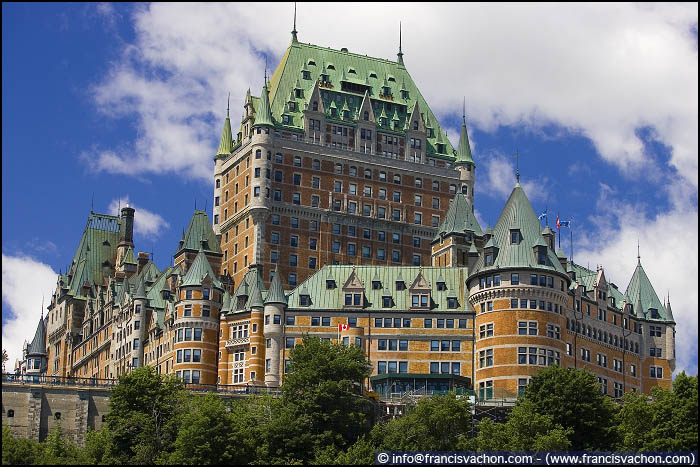Grimskunk in concert
Écrit le . Publié dans Concerts, La photographie de concert, Mon travail photographique. Laisser un commentaire
Lucha libre
Écrit le . Publié dans Behind the scene. Laisser un commentaire
A few months ago Sports Illustrated staff photographer Peter Read Miller and picture editor Jimmy Colton were having a discussion when Colton asked Miller if he would be interested in heading to Mexico City for a week to photograph Mexican wrestlers, or lucha libres.
Along with good friend and assistant Max Morse, Peter headed to Mexico’s capital with 10 cases of gear and high hopes. They both felt that this was one of the interesting shoots they had been on and decided it would be exciting to try and turn the camera on themselves to document the trip. Armed only with a Canon Powershot SD800 (point-and-shoot) camera and a pack of SD cards, Morse, using Final Cut Pro, came back with enough footage to piece together a 9-minute web documentary tracking the pair on their journey south of the border.
As an ex wrestling photographer, I really liked this video!
Canada day in Quebec City
Écrit le . Publié dans Actualités, Mon travail photographique. 4 Commentaires
 FLQ founding member Raymond Villeneuve takes part into the annual MLNQ (Mouvement de liberation National du Québec) Canada Day protest in front of the Quebec City hall July 1, 2007. Each year, the MLNQ gather a couple of dozens of hard line separatists to protest the « Canadian colonialism demonstration of Canada Day ».
FLQ founding member Raymond Villeneuve takes part into the annual MLNQ (Mouvement de liberation National du Québec) Canada Day protest in front of the Quebec City hall July 1, 2007. Each year, the MLNQ gather a couple of dozens of hard line separatists to protest the « Canadian colonialism demonstration of Canada Day ».
Technical: Canon EOS 1d Mark II, 1/250 at f8.0 with a 70-200 at 155mm – ISO 200, fill flash
 Protesters take part into the annual MLNQ (Mouvement de liberation National du Québec) Canada Day protest in front of the Quebec City hall July 1, 2007. Each year, the MLNQ gather a couple of dozens of hard line separatists to protest the « Canadian colonialism demonstration of Canada Day »
Protesters take part into the annual MLNQ (Mouvement de liberation National du Québec) Canada Day protest in front of the Quebec City hall July 1, 2007. Each year, the MLNQ gather a couple of dozens of hard line separatists to protest the « Canadian colonialism demonstration of Canada Day »
Technical: Canon EOS 1d Mark II, 1/400 at f5.0 with a 70-200 at 130mm – ISO 200, fill flash
Operational range: 21 to 960mm
Écrit le . Publié dans Équipement. 4 Commentaires
Last week, I finally got the last piece of equipment I needed to be fully operational: a 300mm f2.8.
Since I have a 1.4 and 2x extender, my range of lenses officially goes from 16 to 600mm. But it’s not really true. In this digital age, you have to factor in the sensor size, also called the “crop factor”.
My REAL range goes from 21mm (16-35 f2,8 on my Mark II with a crop factor of 1.3) to 960mm (300mm f2.8 + 2x extender on a 20d with a crop factor of 1.6).
But in real life, what this really mean?
Here is a test I made this afternoon:

Le Château Frontenac
Écrit le . Publié dans Mon travail photographique, Paysages. 6 Commentaires

Technical: Canon EOS 1d Mark II, 1/800 at f4.0 with a 70-200 at 70mm – ISO 200, polarizing filter
The Château Frontenac grand hotel, one of the most popular attractions in Quebec City, Quebec, Canada.
Designed by architect Bruce Price, the Château Frontenac was one of a long series of « château » style hotels built for the Canadian Pacific Railway company at the end of the 19th and the start of the 20th century. It opened in 1893, five years after its sister-hotel the Banff Springs. The railway company sought to encourage luxury tourism and bring wealthy travelers to its trains.
The hotel is perched on a tall cape overlooking the Saint Lawrence River, thus giving a spectacular view for several kilometres. The building is the most prominent feature of the Quebec City skyline as seen from across the St. Lawrence, and is a symbol of the city. The hotel is built near the Plains of Abraham, where the British defeated the French in 1759 during the Seven Years’ War (also called the French and Indian War), to annex Quebec (From wikipedia)
More Chateau Frontenac photos and images



